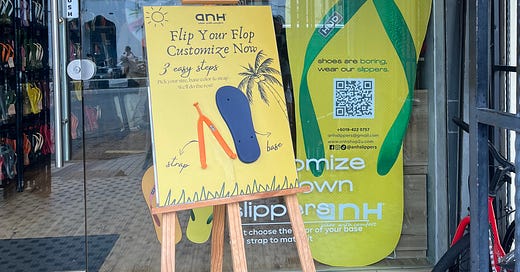Retail Lab: Discover how customisation can transform every interaction into an unforgettable customer experience.
In the UNESCO-listed historic city of Georgetown in Malaysia’s Penang Island, I stumbled upon Anh, a tiny customisable flip-flop boutique that proved quality, practicality and fun can coexist.
It’s safe to say that the shopping experience at Anh was a retail strategist’s dream.
Before strolling around Georgetown, I had never seen a boutique offering customisable flip flops. I’d seen brands offering to print photos on the insole and selling charms, but never a store dedicated to creating a one-off pair of flip flops to suit your feet, your needs and your whims.
In short, Anh was a riot of colour, texture and choice, a fashion customer’s playground.
We live in a time with more product choice than ever, yet this felt different because it wasn't another store displaying a huge range of shoes to choose from. No, the owner of Anh was putting the power in the customer’s hands, and giving them just the right amount of choice, coupled with a creative freedom normally only afforded to footwear buyers and designers.
The strategy? Flip flops are a fun footwear choice, so why not fully embrace this and let customers design their own so they can express their personality?
It’s clever for the brand and for the customer: Anh is capturing attention and defining its USP while customers are more likely to use, keep and recommend products if they’re personally invested in them.
It’s a win-win.
How they did it.
Anh carefully created all the quality parts to make flip flops for different needs - bases, sizes and straps - in varying finishes and colours.
Then they created a store that revolutionised this into an interactive shopping experience.
Let’s take a closer look.
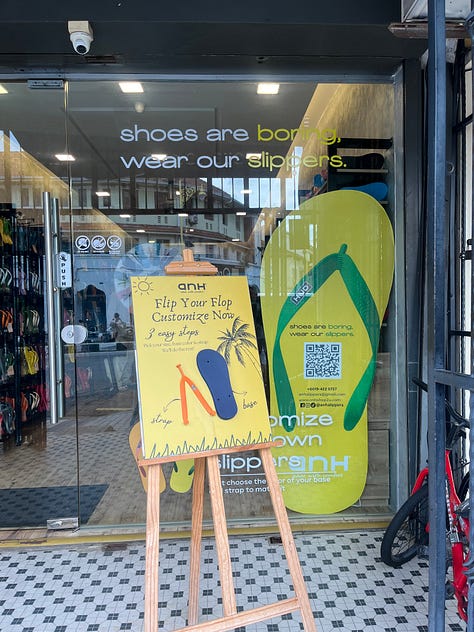
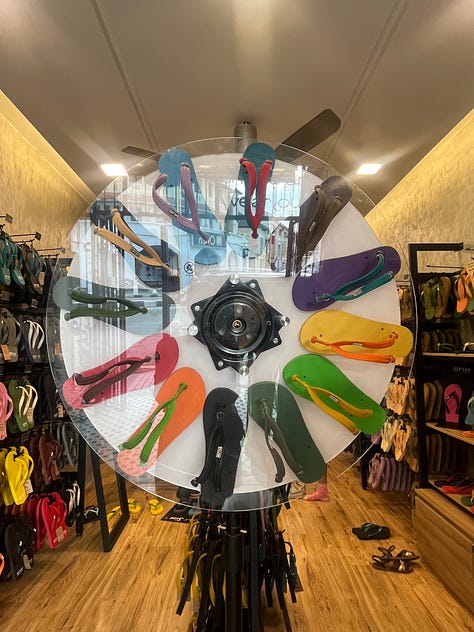
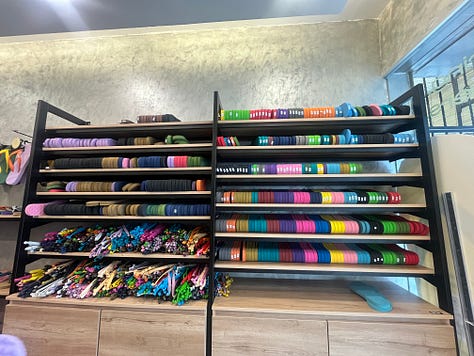
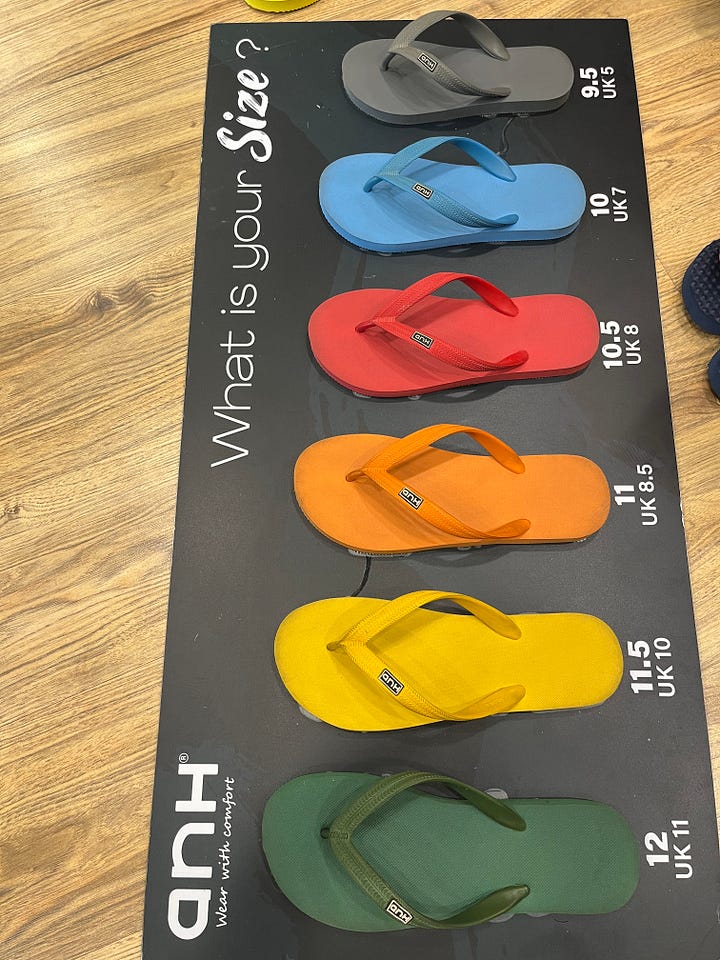

How did they get customers to buy?
By engineering a store experience that creates maximum interaction between their product and the customer.
Let’s break this down in to specifics:
Creating an eye-catching window display that outlines the process in 3 easy steps;
Installing a colour wheel at the front of the store to make the mix-n-match process easier;
Providing top-tier customer service to ensure customers find their perfect match;
Giving customers options to design their own, or pick from pre-made bestsellers, creating even more choice;
Competitive pricing v other local sellers encourages multiple purchases, but still reflects the unique experience.
Moving beyond the practicalities, Anh successfully created an experience that made customers feel like they weren’t buying, which increases the chance of purchase by moving them away from a hard sell.
Here’s how:
Everything invited you to touch it or try it on;
They put their formula out there in the open, with no hidden stock, which created a sense of trust and added to the feeling that the customer is the designer;
Sales associates gave customers the freedom to explore, and encouraged different combinations which means they stay longer and buy more;
Buying here felt good, like we were getting quality products that were tailored to our needs.
What can other retailers learn?
That strategy matters, and no retail experience is complete without careful thought and action.
Customer service will never not be important, especially in the digital, faceless age. Human interaction will set brands apart from the competition;
Experience and interaction matter, and without them customers won’t buy in a store;
Removing barriers in a category is the golden ticket to success, so listen to customer feedback and remove friction points;
Clever store design will get customers through the door and smart product design will have them walk out the door with a purchase;
Clever pricing reflects the quality of your product and the experience you’re creating; finding the sweet spot is worth the effort.
Brands like Anh are focused on customer service, innovation and offering value for money in their products, and when the three come together in retail, magic happens.
If you want to know more about Ahn, you can find all of the links here.

